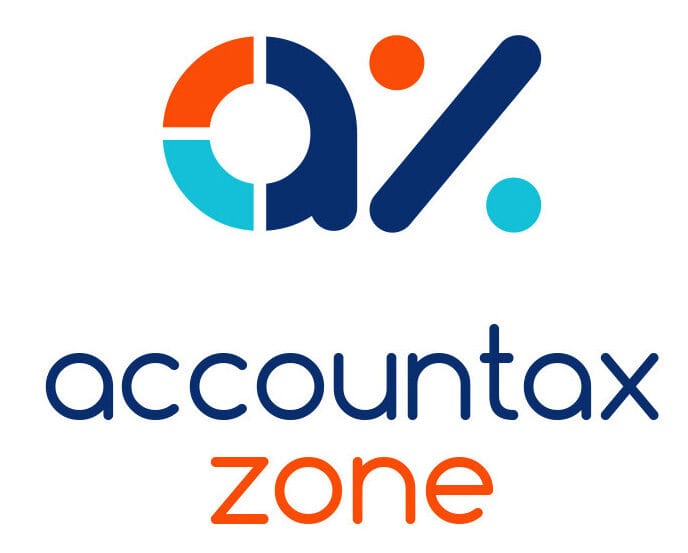With relatively low interest rates on cash deposits, some companies are looking to invest their spare cash elsewhere, especially if investing in the company’s own operations is not desired or feasible. Sometimes investing in another company can offer a better return on capital compared with reinvesting in one’s own company. Companies also lend to each other not only for investment purposes but for tax efficiency.
There are circumstances in which lending funds from one company to another can be tax efficient, allowing the removal of profit from one company and its injection into another, particularly in scenarios where losses have been incurred or where the small company tax rate band has not been fully utilised. Tax implications only arise when ‘connected companies’ lend to each other; however, if the loan relationship rules are satisfied, such lending can be conducted in a tax-efficient manner.
Connected companies
According to HMRC’s Corporate Finance Manual, at CFM 3512,0 indicates that two companies are considered ‘connected’ if:
‘if, during the accounting period, one has ‘control’ of the other, or both are under the control of the same person. ‘The test is whether a person can “secure that the company’s affairs are conducted in accordance with his wishes”. A person (an individual or company) can do this by
- holding most of the shares, or
- holding most of the voting rights in the company (or another company, such as the ultimate parent), or
- through any other powers, given through any document (such as the company’s Memorandum and Articles of Association).’
Connected companies are subject to special tax rules on loan relationships, which apply to all types of loans, whether cash is involved or not, and whether the company is the lender or borrower. These rules require that loans be treated as if they were made on normal commercial terms between unrelated parties. The rules also set out how any gains or losses from changes in loan values or related transactions are dealt with, if relevant.
Should interest be charged?
The transfer of the loan principal itself has no tax effect, as tax consequences only arise if interest is charged and received; such interest is tax-deductible when accrued, rather than when paid. Loans need not be from a lower profit company to another – it can be the other way round. Lending from a lower profit company to a higher profit-making company can reduce the higher company’s corporation tax liability if interest is charged. Such interest will be tax-deductible in the hands of the higher profit-making company.
However, care should be taken in the rate charged. A 20% rate will no doubt raise HMRC’s interest; however, bank base rate plus about 3% should be more acceptable. The lending is deemed unsecured to a private company; therefore, a risk uplift to the rate would seem to be appropriate. With the bank base rate currently at 4%, an inter-company rate of 7% should be reasonable.
Loan written off
Loans between connected companies written off are usually treated as ’tax neutral’ for corporation tax purposes if they fall within the loan relationship rules. To do so, the loan must be a money debt and have arisen ‘from a transaction for the lending of money’. Although trading debts do not arise from the lending of money,’bad’ trading debts and property business debts come under these rules. When such loans are written off, the write-off is effectively disregarded for corporation tax purposes, such that the lending company cannot claim tax relief, but the borrower is not charged to tax on the amount written off.
Practical point
Loans made between family companies that are not ‘connected’ for loan relationship purposes may be deemed to have been granted due to the nature of the family relationship rather than for commercial purposes. If so, and the loan is written off, the borrower company will be taxed on the credit, and the lender company is denied relief under the ‘unallowable purpose’ rules.
Partner Note:










